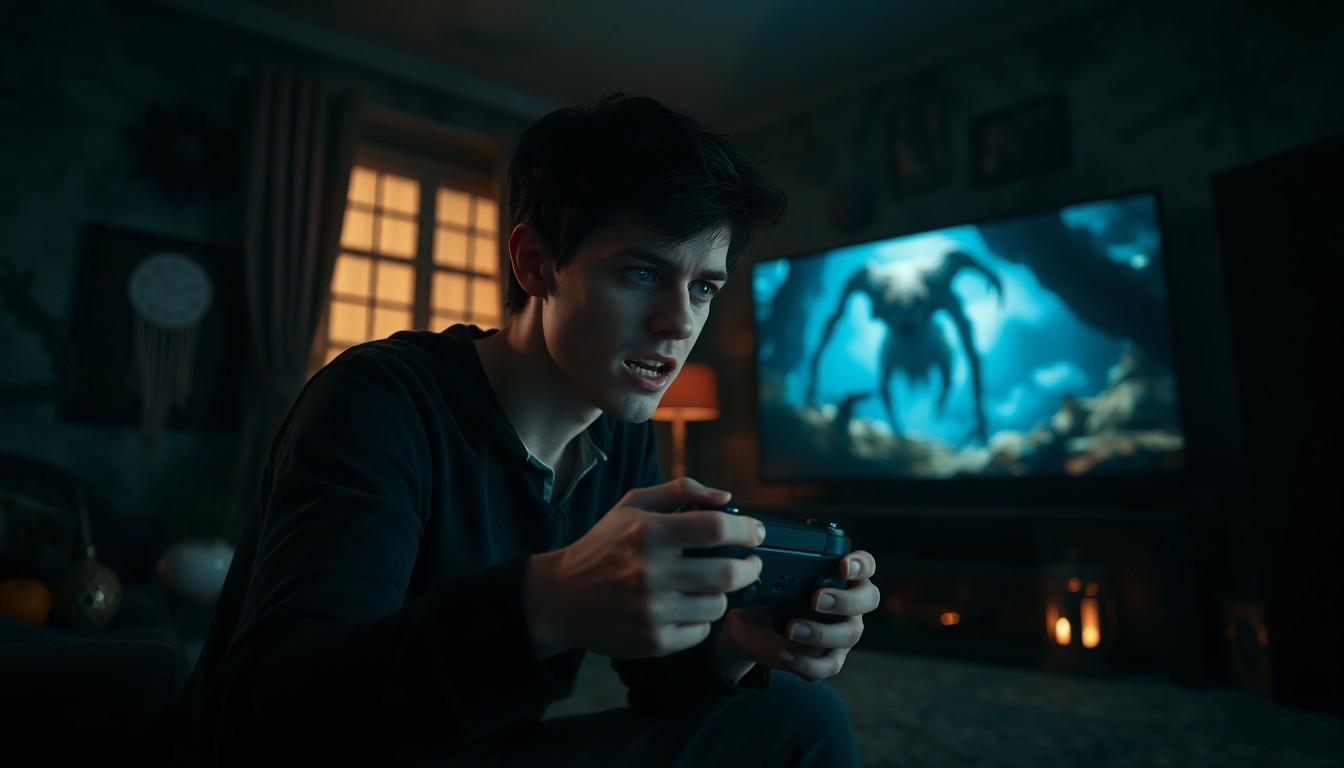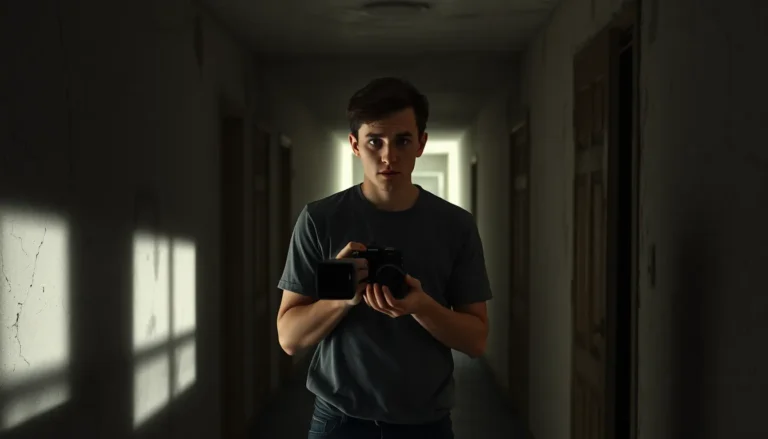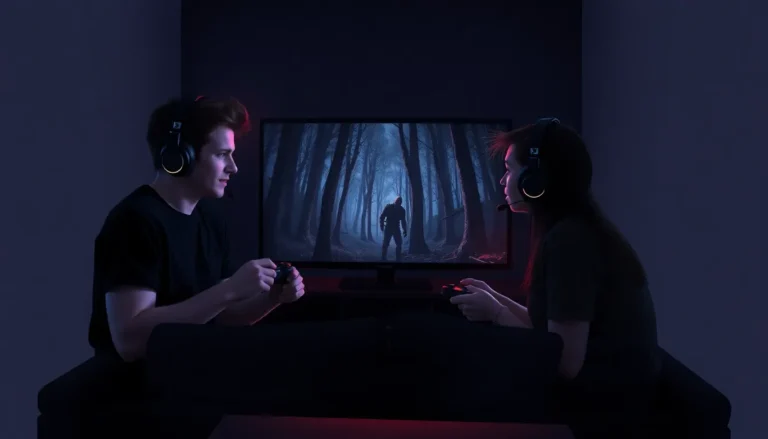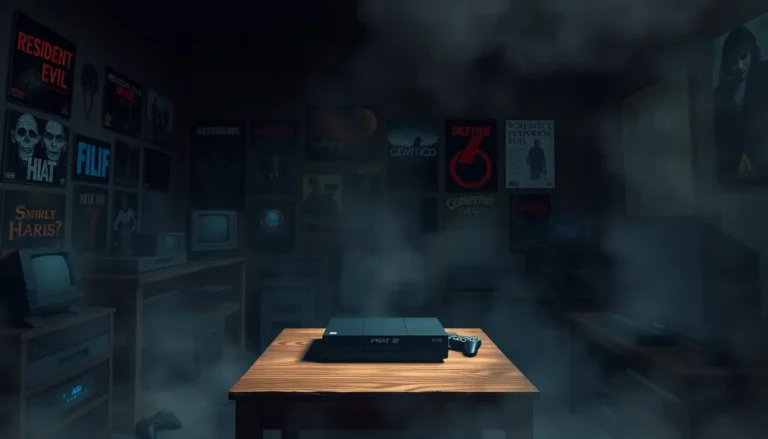In 2017, horror games took a spine-chilling leap into the limelight, proving that fear can be as entertaining as it is terrifying. Gamers found themselves gripping controllers tighter than a lifeline, navigating through dark corridors and facing nightmarish foes with nothing but a flashlight and sheer willpower. From psychological thrillers to survival horrors, this year delivered a feast of fright that had players screaming for more.
With a blend of innovative gameplay and haunting narratives, 2017 was a banner year for horror enthusiasts. Titles like Resident Evil 7 and Outlast 2 not only redefined the genre but also left a lasting impression on players’ psyches. So, if you’re ready to relive the chills and thrills that made this year unforgettable, buckle up. It’s time to dive into the world of horror games that had everyone talking—and screaming—long after the credits rolled.
Horror Games 2017
Horror games reached new heights in 2017, showcasing creativity and engaging narratives. Players encountered chilling atmospheres, which deepened their sense of immersion. Noteworthy titles from this year included Resident Evil 7, praised for its first-person perspective and return to survival horror roots. Outlast 2 also received attention, pushing boundaries with its psychological tension and disturbing themes.
The gameplay mechanics in these games offered fresh challenges. Resident Evil 7 combined resource management with puzzles, compelling players to strategize their survival. Outlast 2 intensified fear through limited resources and fostered vulnerability. These elements kept gamers on edge, maintaining engagement throughout intense sequences.
Innovative graphics and sound design also characterized horror games in 2017. Developers focused on creating realistic environments that amplified suspense. Soundtracks often utilized unsettling noises, contributing to unforgettable jumps and thrills. This attention to detail enhanced the overall experience, ensuring players felt the weight of every moment.
Both titles inspired numerous discussions among communities online. Gamers shared strategies and personal experiences, underscoring the emotional impact of these games. They also highlighted the evolving standards in storytelling within the genre, attracting both long-time fans and newcomers.
Overall, the horror games of 2017 played a pivotal role in shaping industry trends. They set a benchmark for future releases with their innovative designs and compelling narratives. Such advancements guaranteed that the genre would continue to thrive, providing lasting memories for those who dared to explore their dark worlds.
Notable Titles Released
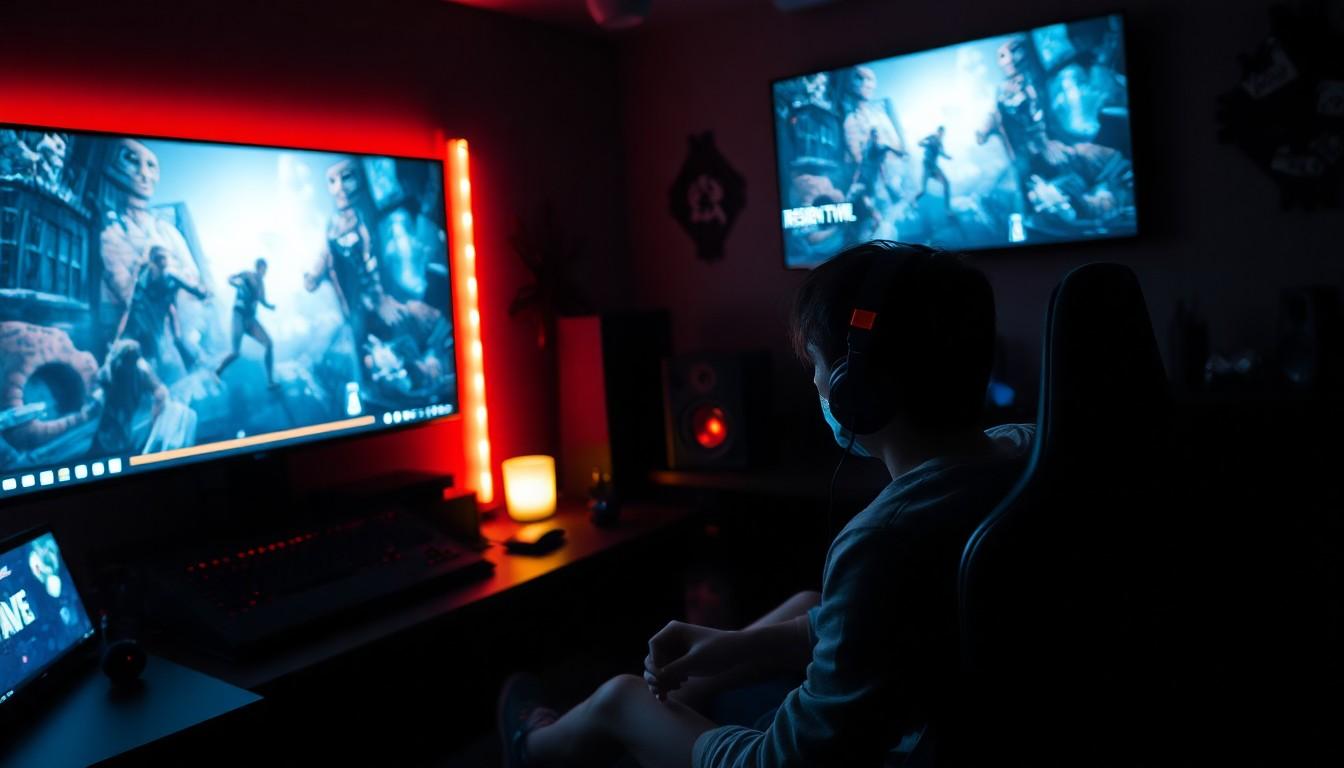
In 2017, several horror games made significant impacts, offering players intense gaming experiences. Titles like Resident Evil 7 and Outlast 2 stood out for their unique approaches to fear and storytelling.
Key Features of Each Game
Resident Evil 7 introduced a first-person perspective, immersing players in survival horror. Resource management and intricate puzzles heightened tension throughout the game. Outlast 2 focused on psychological horror, fostering a sense of vulnerability with limited resources. Its unsettling atmosphere and dark narratives captivated audiences. Players encountered innovative gameplay mechanics in both titles, enhancing immersion and engagement with the horror elements they presented.
Critical Acclaim and Reception
Resident Evil 7 achieved critical acclaim for its return to form within the franchise, earning awards for game design and gameplay innovation. Critics praised its authentic atmosphere and engaging storytelling. Outlast 2, while polarizing, garnered attention for its ambitious narrative and visuals. This game sparked discussions about the evolution of psychological horror in the industry. Both titles left lasting impressions, influencing future horror game developments and maintaining strong player communities.
Trends in Horror Game Design
Horror games in 2017 showcased innovative design trends that captivated players. These games emphasized unique gameplay mechanics and immersive narratives, elevating the overall player experience.
Innovations in Gameplay Mechanics
Gameplay mechanics evolved significantly in 2017, focusing on enhancing player engagement. Resident Evil 7 introduced a first-person view, shifting perspectives to increase immersion. Players encountered resource management challenges that demanded strategic thinking, fostering a sense of vulnerability. Outlast 2 offered limited resources, compelling players to seek safety rather than confront dangers directly. Such mechanics emphasized tension, making every decision critical for survival. In particular, both titles effectively implemented environmental cues, guiding players while creating suspenseful moments that made gameplay unforgettable.
Use of Narrative and Atmosphere
Narrative depth and atmospheric design became cornerstones of horror games in 2017. Engaging storylines prompted players to invest emotionally in their experiences. Resident Evil 7 revisited classic elements, intertwining them with new twists, capturing attention and prompting deep engagement. Outlast 2 contributed by crafting unsettling backstories that enhanced player connection and exploration. Atmospheric elements, such as sound design and visual aesthetics, created chilling environments that amplified fear. Many players found themselves immersed in narratively rich worlds, ensuring that every encounter felt meaningful and memorable. These trends highlighted the importance of storytelling in shaping player experiences, paving the way for future developments in the genre.
Impact on the Horror Genre
Horror games in 2017 significantly influenced the evolution of the genre, setting standards for creativity and player engagement. Key titles like Resident Evil 7 and Outlast 2 established benchmarks that future releases continue to follow.
Influence on Future Releases
Future horror games draw inspiration from the innovative mechanics introduced in 2017. Resident Evil 7’s focus on first-person gameplay reshaped how developers approach environmental storytelling, encouraging immersive player experiences. Outlast 2’s psychological elements sparked a wave of games that prioritize narrative depth and emotional engagement. Game designers now emphasize resource management and strategic decision-making, mirroring these successful titles. As a result, players expect richer storytelling and atmospheric tension in new releases, elevating horror game design standards across the industry.
Community Reception and Engagement
Community response to horror games from 2017 highlighted a resurgence in genre interest. Players engaged in discussions about the emotional impact and narrative complexity of titles like Resident Evil 7 and Outlast 2. Forums and social media platforms buzzed with excitement, creating a vibrant dialogue among fans. These conversations fostered a sense of camaraderie within the gaming community, ultimately encouraging more players to explore horror games. Furthermore, the success of these titles spurred game developers to experiment with unconventional themes, ensuring a dynamic and continually evolving genre landscape.
Transformative Yar for the Genre
The horror games of 2017 marked a transformative year for the genre. With titles like Resident Evil 7 and Outlast 2 leading the charge, developers showcased their ability to blend innovative gameplay with compelling narratives. Players found themselves immersed in chilling atmospheres that not only entertained but also sparked deep emotional responses.
This evolution in horror gaming set new standards for storytelling and player engagement. As the community continues to discuss these impactful experiences, the influence of 2017’s releases remains evident in contemporary titles. The groundwork laid during this pivotal year ensures that horror games will keep evolving, captivating new audiences and keeping long-time fans on the edge of their seats.

